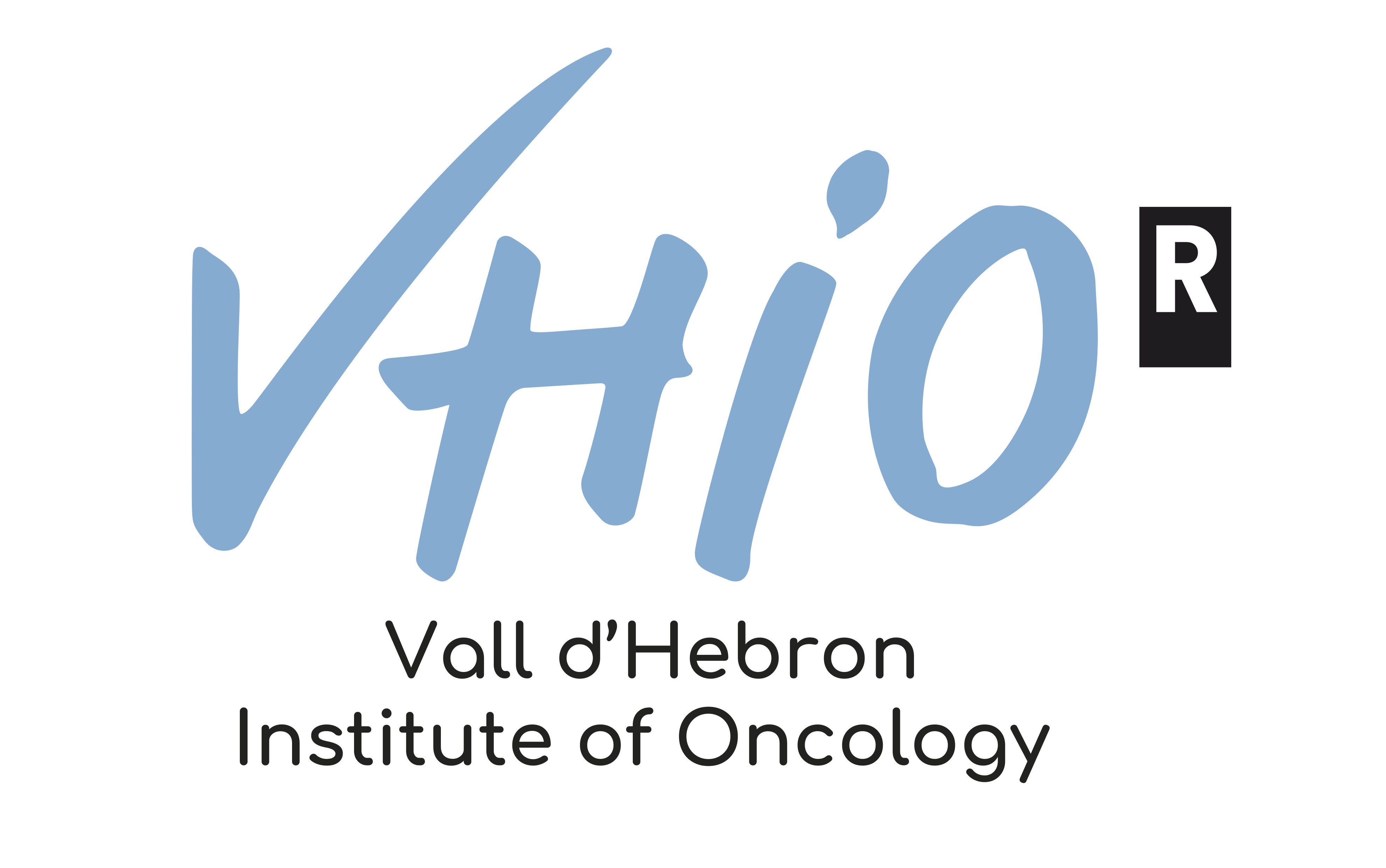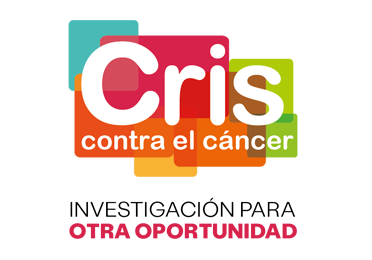
According to a recent report (1) gastric cancer (GC) is responsible for over one million new cases worldwide in 2020, with an increasing incidence among young adults (aged <50 years). Ranking fifth for cancer incidence and fourth for cancer mortality, with an estimated 769,000 deaths globally in 2020, these neoplasms represent a major healthcare challenge.
Despite the well-characterized intertumoral and intratumoral heterogenous nature of these complex neoplasms, only two biomarkers are currently being used in routine clinical practice for the selection of patients with advanced-stage GC/GOJC to receive matched targeted therapies, namely, HER2 status and microsatellite instability (MSI).
The lack of robust biomarkers and novel trial designs are both contributing factors in the frequent failure of biomarker and non-biomarker-driven clinical studies to-date. Standard therapy for patients has thus historically consisted of universal chemotherapies and antiangiogenic targeted agents, except for patients with HER2-positive disease, and some immune-based approaches.
Under the spotlight: the advent of novel strategies against GC/GOJC
In an invited review (2) published in Expert Opinion on Emerging Drugs, authored by VHIO’s Director, Josep Tabernero, Maria Alsina, and Marc Diez -both Medical Oncologists and Clinical Investigators of our Gastrointestinal & Endocrine Tumors Group- our experts update on recent advances and illuminate the challenges that continue to hamper efforts aimed at developing more effective, personalized treatment strategies for GC/GOJC patients.
“In the current era of precision medicine, preclinical research continues to generate important insights into the molecular makeup of this disease and uncover distinct subtypes of GC/GOJC. Unfortunately, these efforts have largely failed to translate into the development of more effective therapies for patients,” observed Josep Tabernero, corresponding author of this present review.
“The average 5-year survival rate for patients with metastatic gastric and gastroesophageal junction cancer is 6%. In view of this poor prognosis, we must continue to seek out and develop new, increasingly potent, and personalized therapeutic opportunities for these patients,” added co-author Maria Alsina.
In their elegant review of the current GC/GOJC treatment landscape, the authors discuss an array of targeted therapies and novel agents including PARP inhibitors, monoclonal antibodies, and antibody-drug conjugates (ADCs), as well as immune-based therapies that are currently being tested in ongoing biomarker-guided trials, and point to the potential outcomes of these studies.
Assessing the two aforementioned biomarkers currently used in routine clinical practice, they explore treatment avenues for HER2-positive patients as well as MSI patients and highlight the importance of referring these patients to molecular therapy units with available targeted therapies. They suggest that this could ring in PD-L1 combined positive score (CPS) as a third biomarker to select patients to receive chemotherapy plus immune-checkpoint inhibitors (ICIs) in first-line treatment.
Also on the biomarker horizon, they consider the promise of other studies that could elucidate the true value of other novel biomarkers including FGFR2 amplifications, CLDN18.2 overexpression, and platinum sensitivity for treatment with selected DNA damaging agents.
Regarding the widespread integration of available sequencing into clinical practice, the authors list several developmental issues that first need to be resolved. To name but a few, they include the creation of networks between hospitals to provide patients with access to targeted treatments, and the availability of high-quality trained biologists for the accurate interpretation of sequencing data.
With the suitable infrastructures and resources in place, they note that such integration could lead to a multiplex approach for GC/GOJC patients, and that the sequencing of both tumor tissue DNA and ctDNA could be used to dynamically identify targetable alterations and monitor possible mechanisms of resistance.
“Considering the historic failure in the molecular selection of these patients, the clinical characteristics of each patient coupled with a deep molecular analysis of each individual tumor should be considered. The integration of all these data would improve diagnosis, promote individualized disease management from the outset, and ultimately translate into improved patient survival,” said Josep Tabernero, who is also Head of the Medical Oncology Department at the Vall d’Hebron University Hospital (HUVH).
“We should collectively strive to ensure that precision medicine in oncology also benefits GC/GOJC patients. The distinctive molecular and clinical features of each individual’s disease should be considered and matched to optimal, tailored treatment strategies,” noted co-author Marc Diez.
“Embedding tumor tissue DNA and ctDNA sequencing in routine clinical practice will constitute a powerful addition to the new armamentarium for the more effective treatment of our patients,” concluded VHIO’s Director, Josep Tabernero
###
References:
- Sung H, Ferlay J, Siegel RL, et al. Global cancer statistics 2020: GLOBOCAN estimates of incidence and mortality worldwide for 36 cancers in 185 countries. CA Cancer J Clin. 2021;71:209–249.
- Alsina M, Diez M, Tabernero J. Emerging biological drugs for the treatment of gastroesophageal adenocarcinoma. Expert Opin Emerg Drugs. 2021 Dec;26(4):385-400. doi: 10.1080/14728214.2021.2010705.













